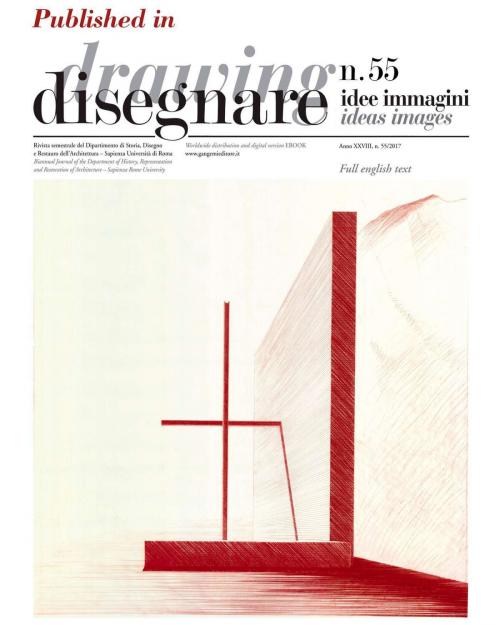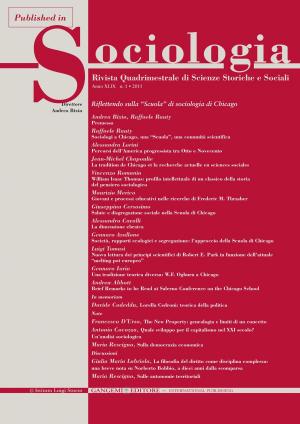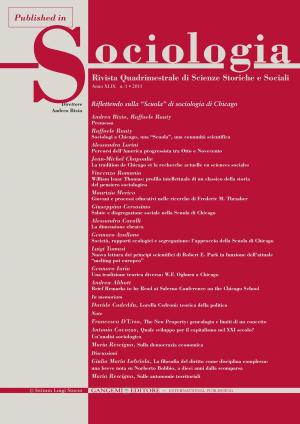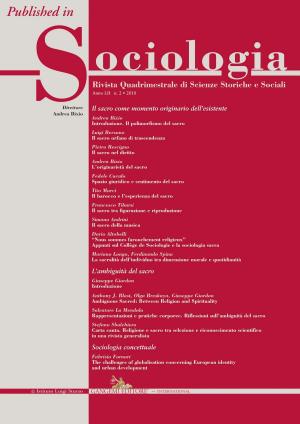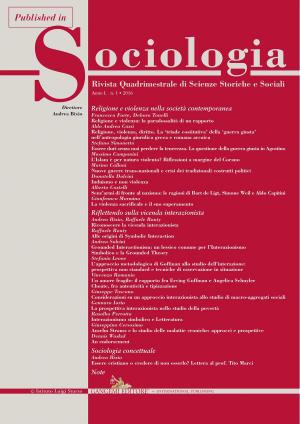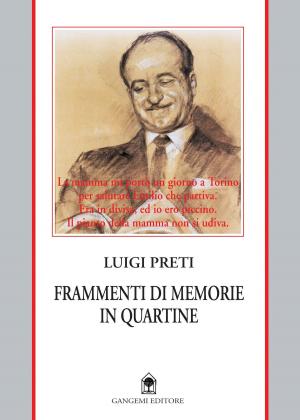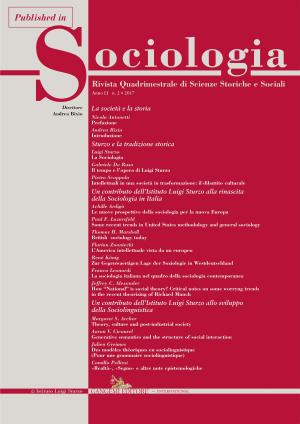Dalla pratica alla trattazione teorica: le incisioni delle volute ioniche
Published in Disegnare idee immagini 55/2017. Rivista semestrale del Dipartimento di Storia, Disegno e Restauro dell'Architettura Sapienza Università di Roma | Biannual Magazine of the Department of History, Drawing and Restoration of Architecture
Nonfiction, Art & Architecture, Architecture| Author: | Carlo Inglese | ISBN: | 9788849242126 |
| Publisher: | Gangemi Editore | Publication: | July 19, 2018 |
| Imprint: | Gangemi Editore | Language: | Italian |
| Author: | Carlo Inglese |
| ISBN: | 9788849242126 |
| Publisher: | Gangemi Editore |
| Publication: | July 19, 2018 |
| Imprint: | Gangemi Editore |
| Language: | Italian |
I tracciati di cantiere rappresentano l'elemento di unione tra il disegno di progetto e l'esecuzione degli elementi architettonici, vera metodologia operativa all'interno dei processi costruttivi nei cantieri antichi. Le figure che a diverso titolo, o con diverse competenze, erano chiamate alla loro realizzazione conoscevano non solo il linguaggio alla base degli ordini architettonici e le costruzioni ad essi sottesi, ma anche le principali regole di geometria piana. Le costruzioni geometriche incise per le volute di capitelli ionici romani danno il senso reale dell'importanza di questa metodologia costruttiva. La voluta veniva progettata, disegnata e controllata direttamente sull'elemento sbozzato o su lastre lapidee utili anche per la trasmissione dei principi e delle regole adottate. | From practice to theoretical treatises: the engravings on Ionic volutes – Worksite drawings represent the trait d'union between design drawings and the execution of architectural elements; a bona fide operational method that was part of building procedures in ancient worksites. The individuals who, with different skills and different tasks were responsible for building them, were familiar not only with the language of architectural orders and ensuing constructions, but also with the most important rules of plane geometry. The geometric constructions engraved for the volutes of Roman Ionic capitals reveal the importance of this building method. To transmit the principles and rules involved the volute was designed, drawn and controlled directly on a rough-hewn element or on stone slabs. | Facing English text
I tracciati di cantiere rappresentano l'elemento di unione tra il disegno di progetto e l'esecuzione degli elementi architettonici, vera metodologia operativa all'interno dei processi costruttivi nei cantieri antichi. Le figure che a diverso titolo, o con diverse competenze, erano chiamate alla loro realizzazione conoscevano non solo il linguaggio alla base degli ordini architettonici e le costruzioni ad essi sottesi, ma anche le principali regole di geometria piana. Le costruzioni geometriche incise per le volute di capitelli ionici romani danno il senso reale dell'importanza di questa metodologia costruttiva. La voluta veniva progettata, disegnata e controllata direttamente sull'elemento sbozzato o su lastre lapidee utili anche per la trasmissione dei principi e delle regole adottate. | From practice to theoretical treatises: the engravings on Ionic volutes – Worksite drawings represent the trait d'union between design drawings and the execution of architectural elements; a bona fide operational method that was part of building procedures in ancient worksites. The individuals who, with different skills and different tasks were responsible for building them, were familiar not only with the language of architectural orders and ensuing constructions, but also with the most important rules of plane geometry. The geometric constructions engraved for the volutes of Roman Ionic capitals reveal the importance of this building method. To transmit the principles and rules involved the volute was designed, drawn and controlled directly on a rough-hewn element or on stone slabs. | Facing English text
